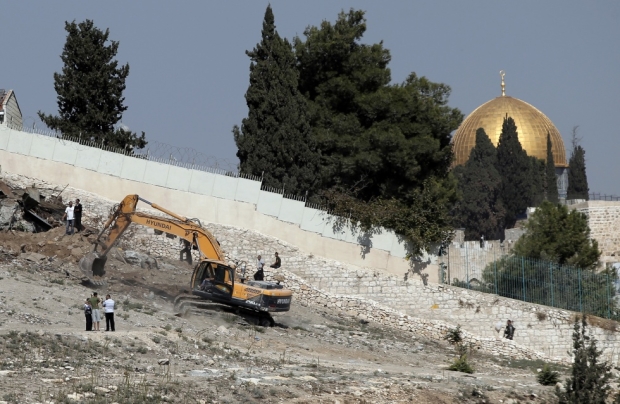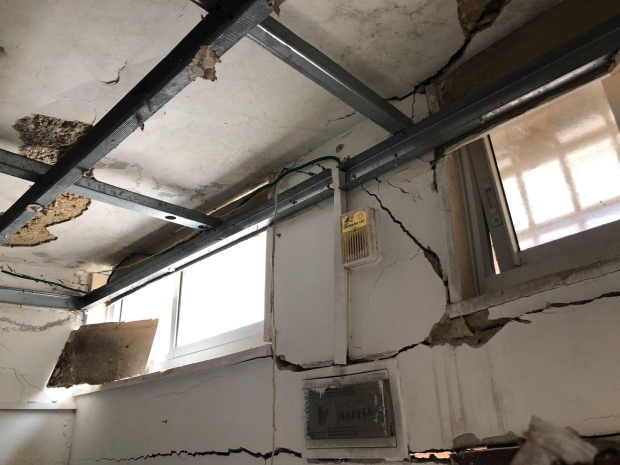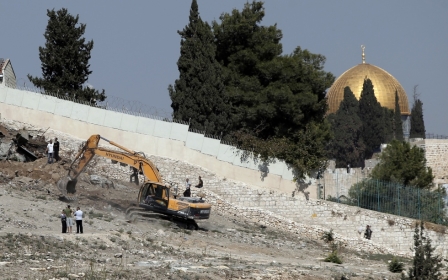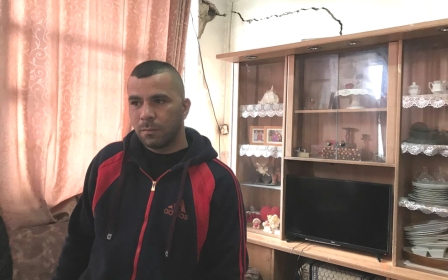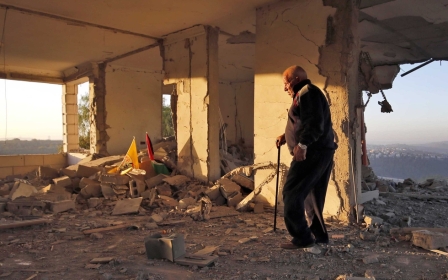Bulldozing history: How Israel uses archaeology to entrench occupation
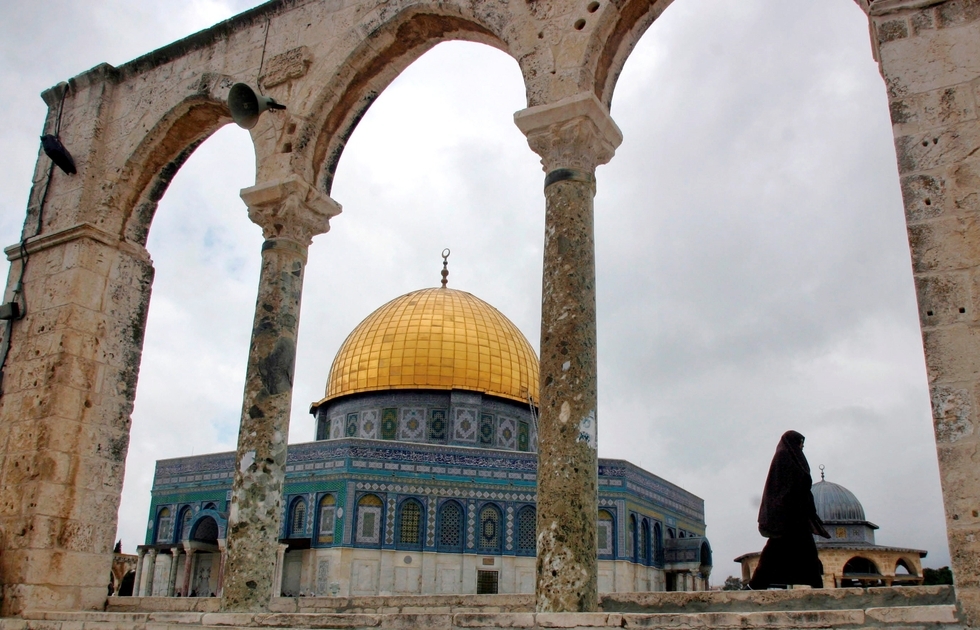
Having managed to conquer the west of Jerusalem in 1948, Israel occupied the rest of the city less than two decades later in the 1967 war. Since then, it has been creating "realities on the ground" through annexation and settlements building to cement its claim over the entire city.
Indeed, Israel, in its foundational essence as a settler-colonial project, is both aggressively expansionist and exclusionary. The recently postponed "Greater Jerusalem Bill" which seeks to expand Jerusalem's municipal boundaries to include more illegal settlements and exclude Palestinian neighbourhoods is testament to this expansionism.
Meanwhile, US President Donald Trump's declaration on the US embassy's move from Tel Aviv to Jerusalem not only breaks with international law, it also provides support and backing for Israel's continued colonisation of the city.
Aggressive campaign
Yet annexation and settlement building are not the only way in which Israel is exercising its absolute control over the city. Accelerating with the occupation of the West Bank and Gaza in 1967, Israel has been conducting an aggressive campaign to appropriate or destroy Palestinian heritage sites in order to support its narrative of exclusive ownership.
Israel has been conducting an aggressive campaign to appropriate or destroy Palestinian heritage sites in order to support its narrative of exclusive ownership
This narrative is heavily based on a biblical discourse which purposefully aims to make religion as the key point of contention. This is acutely visible in the Old City of Jerusalem which - under international law - is considered unequivocally as Palestinian land.
Indeed, just days after it was occupied, Israel began altering the physical landscape of Jerusalem by destroying one of the oldest neighbourhoods in the city.
Harat al Magharibeh (the Moroccan quarter), which lay in front of the Western Wall in the old city, was promptly bulldozed just a few days after the Israeli occupation of the city. Israeli authorities' justification for the move was that it was done in order to make room for Jewish worshippers.
Haram al-Sharif in danger
More recently, Israel has been conducting excavations in the area under and around the Haram Al-Sharif - the compound that houses the Dome of the Rock and the Al Aqsa Mosque. These excavations were heavily condemned by UNESCO which issued a resolution in 2016 criticising Israel for its overall policies towards the compound.
Israel's attempts to gain total control of the Haram Al-Sharif, which continues to be under the custodianship of Jordan as an Islamic waqf, have intensified. These efforts are coming from both the government and fanatical settler groups who are hoping to destroy the Dome of the Rock and the Al Aqsa mosque and build a third Jewish Temple.
Israel wants to manipulate the historical narrative on the past to serve its interests in the present and to eliminate the possibilities of a Palestinian future
In the summer of 2017, the situation reached a crescendo when the Israeli authorities placed electronic gates at the entrance to the compound. After weeks of sustained protests by Palestinians, the gates were eventually removed.
Yet the situation remains tense and there are real fears from Palestinians that the Haram Al-Sharif is in danger.
In terms of archaeological practice, international law is clear: Israel is not permitted to carry out excavations at any sites in occupied territories. Yet, according to a Diakonia report, Israel has excavated 980 archaeological sites in the West Bank since 1967 and has appropriated many archaeological artefacts.
On Monday, Palestinian residents of East Jerusalem's Silwan area protested over new structural damage to homes due to what they say is Israeli digging and archaeological excavations.
Residents of Wadi Hilweh confronted workers of the Israel Antiquities Authority and Ir David foundation, two bodies excavating sites in the area close to Al-Aqsa mosque and the southern wall of the Old City.
Abusing archaoelogy
The biblical narrative considers Silwan to be the original site of the city of David, and the first excavations in search of this original city were conducted by British colonialists in the late 1800s.
Today, the excavation site is operated by the extreme right organisation El-Ad, which is attempting to take over and judaise the whole of Silwan. They have a huge amount of funds and Russian-Jewish oligarchs Lev Leviev and Roman Abramovich have been present at their events.
El-Ad has been conducting "salvage excavations" which have allowed them to avoid getting permits from the government.
These excavations involve digging and tunnelling under Silwan and stretch as far as the land around the Al-Aqsa mosque. Many Palestinian homes as a result have begun sinking into the hillside.
Archaeology is but one of the many mechanisms in which Israel maintains domination over the Palestinian people. The use of this biblical narrative is being manipulated as a smokescreen for the Zionist settler-colonial project.
Furthermore, the practice of carrying a bible in one hand and a trowel in the other, which began with the British colonial archaeologists, is being continued by Israel.
To this end, Israel wants to manipulate the historical narrative to serve its interests in the present and to eliminate the possibilities of a Palestinian future.
- Yara Hawari is the Palestine Policy Fellow for Al Shabaka - The Palestinian Policy Network. She completed her PhD at the University of Exeter in Middle East politics and frequently writes for various media outlets.
The views expressed in this article belong to the author and do not necessarily reflect the editorial policy of Middle East Eye.
Photo: A Palestinian woman walks past the Dome of the Rock Mosque in the al-Aqsa mosque complex, known to Muslims as al-Haram al-Sharif and to Jews as Temple Mount, in the Old City of Jerusalem on 16 February 2007 (Reuters)
This article is available in French on Middle East Eye French edition.
New MEE newsletter: Jerusalem Dispatch
Sign up to get the latest insights and analysis on Israel-Palestine, alongside Turkey Unpacked and other MEE newsletters
Middle East Eye delivers independent and unrivalled coverage and analysis of the Middle East, North Africa and beyond. To learn more about republishing this content and the associated fees, please fill out this form. More about MEE can be found here.



